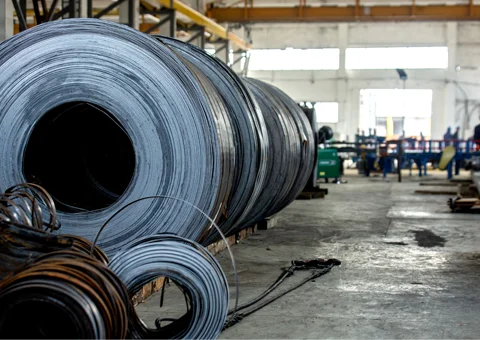The World Bank’s metals and minerals price index rose 9 percent in April 2024 (m/m), following a relatively stable first quarter. Recent price increases reflected positive sentiment about stronger demand amid concerns of supply disruptions for some key metals. Base metal prices are expected to remain steady in 2024, before rising slightly in 2025. Additional stimulus for China’s property sector and supply disruptions are key upside risks to the price forecast.
Subdued demand is likely to weigh on metal prices. The protracted weakness in China’s real estate sector is expected to continue affecting demand for metals used in construction, especially iron ore, which is important for property development. However, robust industrial and infrastructure investment in China should help counterbalance the decline in demand for some metals, including copper. Demand outside of China is likely to remain subdued, as elevated interest rates continue to weigh on economic activity. Moreover, growing production of clean energy technologies should support demand for some metals, such as copper, tin, and nickel.
Supply constraints are likely to support prices for some base metals. Trade restrictions, such as the recent ban on Russian-origin metals at major commodity exchanges in the United States and the United Kingdom, could potentially tighten supplies for aluminum and copper. Tin supplies are expected to face constraints due to export restrictions introduced in February by Myanmar and ongoing licensing delays in Indonesia—both countries account for 40 percent of global tin production. Production cuts and disruptions in South America are anticipated to impact global copper supply growth this year. Similarly, major zinc producers are expected to reduce supplies, in response to earlier price weakness, with prices down almost 30 percent between March 2022 and April 2024. In contrast, global nickel production is projected to increase in 2024, following an 11 percent rise in 2023 (y/y). The continued ramp-up in nickel production, primarily from Indonesia, is driven by a surge in smelter investment, much of it from China, and bolstered by government incentives and an export ban on nickel ores.
The World Bank’s metal price index is expected to hold steady in 2024-25. In 2024, nickel, iron ore, and zinc prices are projected to post the most significant declines year-on-year, at 21%, 9%, and 6%, respectively. However, copper and tin prices are forecast to increase modestly by 5% and 4%, respectively, while aluminum is expected to see a slight rise of 2%. Looking ahead to 2025, aluminum and tin prices are predicted to increase further by 4%, while iron ore and lead prices are forecast to extend their declines. Meanwhile, nickel and zinc prices are expected to partially rebound, while copper prices stabilize.
The price outlook faces several risks. Additional stimulus measures to support China’s ailing property sector could support prices for metals used in construction. Environmental concerns that might delay the issuance of production and export licenses, along with conflicts, are key risks to raw materials supply for metals. Further trade restrictions, including export taxes or outright bans, could tighten supply. In contrast, a key downside risk to the price forecast is the possibility of slower-than-anticipated growth in major economies, such as China, which could further suppress industrial activity and demand for metals.

